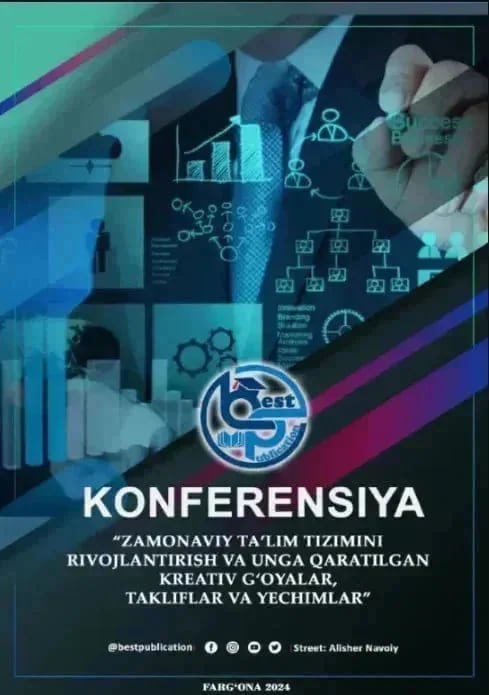MICROSOFT PAINT: ITS ROLE IN DIGITAL CREATIVITY AND EDUCATION
Keywords:
Microsoft Paint; digital literacy; Uzbekistan; computer graphics; creativity; pedagogy; accessibility; educational technology; nostalgia; software history.Abstract
Microsoft Paint, a simple yet enduring computer graphics program, has played a significant role in the digital lives of millions of people worldwide since its introduction in 1985. Often considered one of the most accessible tools for digital drawing, Paint has become more than just a basic utility; it has developed into a cultural symbol of digital creativity, nostalgia, and accessibility. In Uzbekistan, where access to advanced design software may be limited in educational settings, Paint continues to serve as a vital entry point for students, teachers, and amateur digital artists..
References
1. Gates, B. (1995). The Road Ahead. New York: Viking Penguin.
2. Henry, L. (2019). "The Cultural Legacy of Microsoft Paint." Digital Culture & Society Journal, 5(3), 122–138.
3. Microsoft Corporation. (2021). Microsoft Paint Documentation. Redmond: Microsoft Press.
4. Saidov, R. (2020). “Oʻzbekiston taʼlim tizimida raqamli savodxonlikni oshirish.” Oʻzbekiston Milliy Universiteti Ilmiy Axborotnomasi, 12(4), 55–63.
5. Tashkent Times. (2018). “Microsoft Paint to Remain Available after Backlash.” Retrieved from: https://tashkenttimes.uz
6. Usmonova, D. (2021). “Oʻquvchilarda kreativ kompetensiyalarni rivojlantirishda kompyuter grafikasi dasturlarining roli.” Pedagogika va Psixologiya Jurnali, 2(6), 78–85.
7. Williams, K. (2017). "Digital Nostalgia: The Survival of MS Paint." Journal of Popular Technology Studies, 14(2), 97–110.
8. Yuldashev, A. (2022). "Raqamli texnologiyalarni o‘qitishda oddiy dasturlardan foydalanishning afzalliklari." Innovatsion Ta’lim Jurnali, 9(1), 34–42





